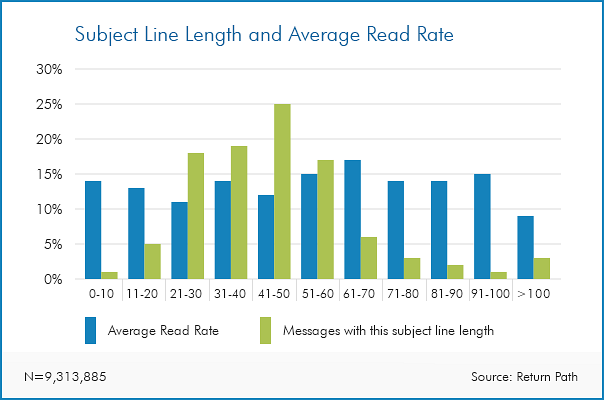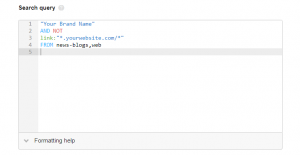
Sending surveys by email is one of the most popular survey distribution methods today. However, email surveys must first overcome a major inbox hurdle: getting opened.
This is exactly why a strong survey email subject line is so important—without a compelling reason to open your email, your survey runs the risk of getting lost in your customers’ inboxes forever.
We’ve talked about some general strategies that can improve survey response rates, but today we want to look at one strategy in particular: better survey email subject lines.
Let’s take a look at five subject line strategies that set your survey up for success.
5 Survey Email Subject Line Strategies
1. Personalize it.
Data from Aberdeen shows that personalized email messages improve click-through rates by an average of 14%, which is just the tip of the iceberg when it comes to the power of personalization. Add to this research from Experian that shows personalized email subject lines had 29% higher unique open rates and 41% more click-through rates.
Personalization makes your survey email feel like a custom invitation. Plus, it reminds recipients that you care about their feedback.
So how can you personalize your survey email subject line for higher response rates?
- Include the recipient’s first name using a customizable field, like How was your customer service experience Leslie? Most email providers offer easy-to-use personalization tags that you can plug into your template.
- Use time-triggered sends for a hyper-relevant subject line, like Review the purchase you made (December 19, 2016). Specifics help jog recipients’ memories and increase the chances they’ll open your email.
- Include a geographic location near the recipient, like Tell us about your favorite Chicago restaurants. Same idea here—the personalization ups your odds of getting opened.

2. Emphasize benefits.
Think about using a survey email subject line that emphasizes the power of the recipient’s feedback. It’s an emotional appeal, which is much harder to resist than the standard Tell us about your experience subject line.
Not sure what this looks like?
Example: We need your feedback! Help us create a better shopping experience for you.
Notice how this subject line tells the reader exactly how they’ll benefit from giving their 2 cents? The end result is a better customer experience—not just insights for the company.
3. Keep it short.
Just like attention spans, effective subject lines tend to be short—around 50 characters or less. That means you need to communicate your message in a simple, clear format. Don’t be wordy—get right to the point.
But attention spans aren’t the only factor at play here. According to Campaign Monitor, 53% of emails were opened on mobile devices in 2015. That’s more emails opened on phones than on desktop computers.
Most email clients won’t even display more than 60 characters in the mobile view; they’ll simply clip them to fit the screen.
The bottom line: You need to condense your survey email subject line. It’s a good idea to write at least 5-10 different versions before landing on a winner.

4. Ask a question.
Adding a question to your subject line is a great way to engage recipients. It encourages them to reflect on their experiences and simultaneously stirs up curiosity. The information gap posed in a question also gives your survey recipient one more reason to open your message. However, the question still needs to relate back to your survey; don’t mislead or falsely advertise what’s inside.
Example: Want to help us bring more items you love in-store?
This question-posing subject line would work well for a product survey that asks readers questions about their buying habits and product preferences. It teases an opportunity to share individual feedback and suggests there’s a positive outcome when they do.
5. Show some personality.
Humor is a great way to stand out in an inbox. Funny, quirky survey subject lines grab recipients’ attention and encourage them to click through.
Think about how you can showcase your company’s culture in 50 characters. Maybe it’s by referencing pop culture, playing with puns, or generally making the reader chuckle. It’s a nice way to spice up any email subject line, but it can be particularly effective for survey emails.
Example: I don’t always send surveys, but when I do…
This one nods to “the most interesting man in the world” meme (taken from the Dos Equis commercials).
Wrap-up
Every audience is different, so it’ll take some trial and error to refine your survey email subject lines. But if you track the results and iterate over time, you’ll be sure to increase your email opens and boost those response rates.
Digital & Social Articles on Business 2 Community
(101)
Report Post





